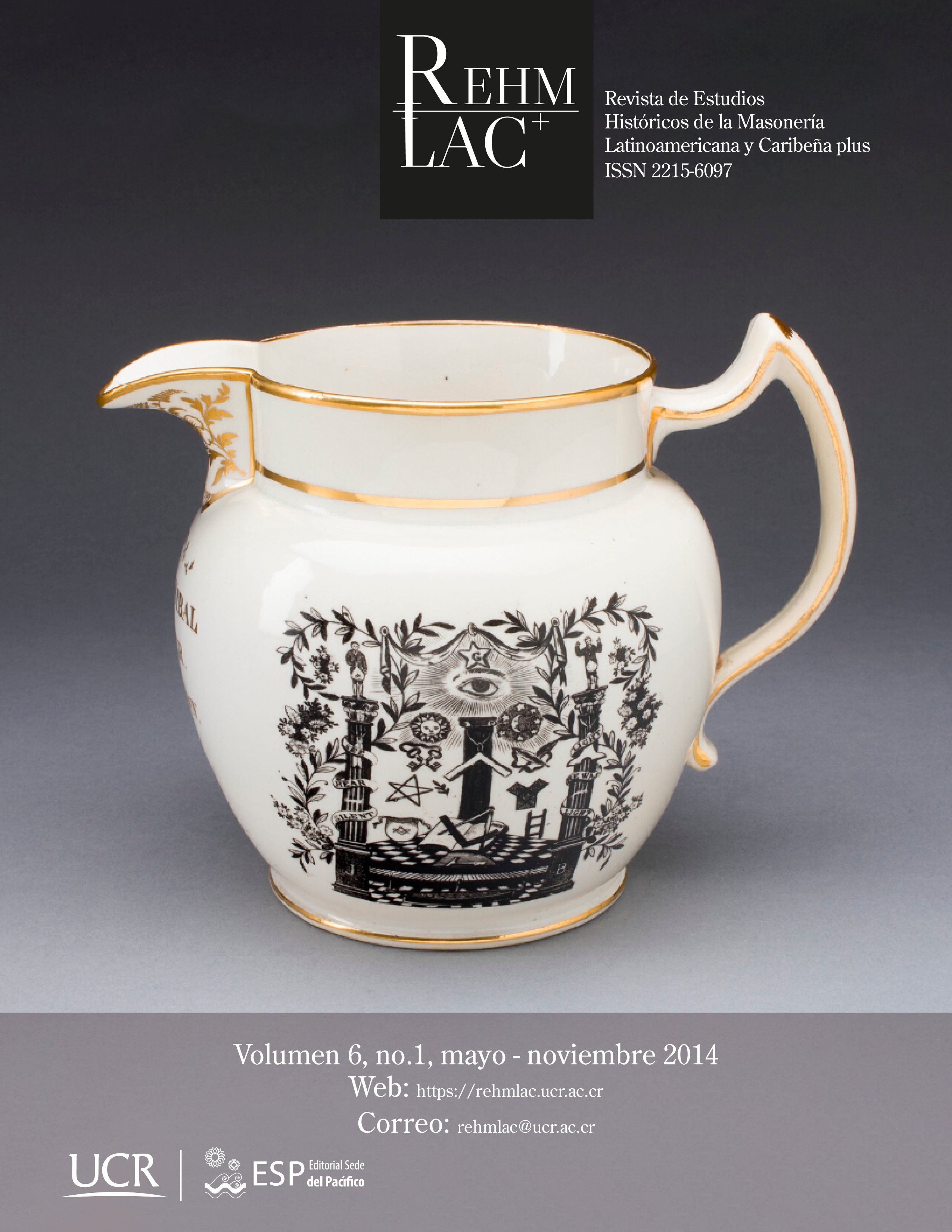Abstract
This article concerns the uniqueness of the colonial church in the indigenous town of San Manuel de Colohete, Honduras, on the land formerly belonging to the Lara family. From the influence they might have had in the Temple’s s construction, we carefully trace their roots back to medieval Jewish principality in the city of Narbonne, France. The focus of this paper is on the Temple’s symbols which are seemingly related to the "Temple Tradition ", (architectural tradition associated with the Temple of Solomon). Andrés Cassard describes this tradition in the Palace of El Escorial in Spain, constructed in the sixteenth century. Martha Fernandez does the same with the viceroyalty architecture in New Spain. References to the builder's traditions are embodied in the facade through a series of symbols that include the square and compass. This suggests the existence of a masonic operative tradition among some of the colonial builders of the area.##plugins.facebook.comentarios##

This work is licensed under a Creative Commons Attribution-NonCommercial-ShareAlike 4.0 International License.
Copyright (c) 2009 Revista de Estudios Históricos de la Masonería Latinoamericana y Caribeña
Downloads
Download data is not yet available.

